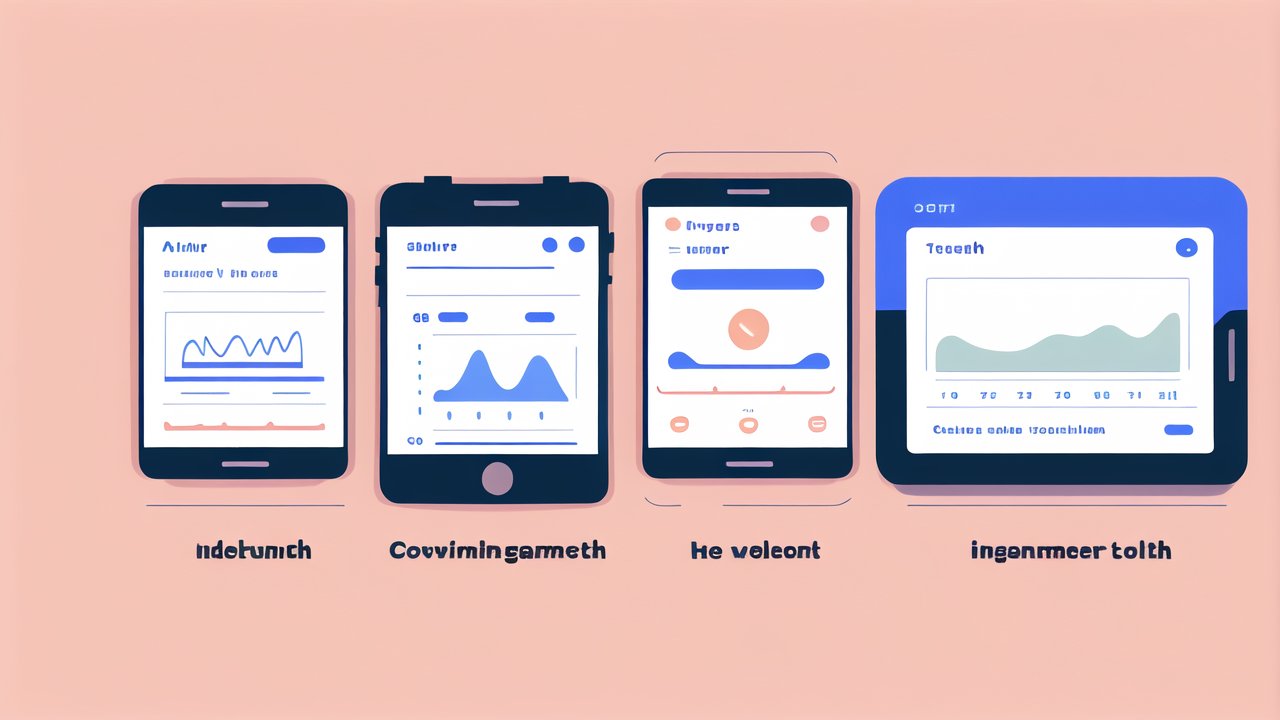The Rise of Smartwatches in the Health and Wellness Industry
Understanding the Market Shift
The US health and wellness industry has seen a big change. Smartwatches are now key players. These devices have moved beyond simple step counting. They now offer a range of health tracking features.

Many people now use smartwatches to monitor their health daily. This shift shows a growing interest in personal health data. Consumers want more control over their wellbeing. Smartwatches provide this through easy-to-use tech.
The market has responded to this demand. Major tech firms and startups are creating new smartwatch models. These focus on health features. Sales of health-focused smartwatches have grown steadily in recent years.
Key Drivers Behind the Growth of Smartwatches
Several factors have fueled the rise of smartwatches in health monitoring:
- Increased health awareness: People are more health-conscious now. They want to track their fitness and wellbeing.
- Tech advancements: Sensors have improved. This allows for more accurate health data collection.
- User-friendly designs: Smartwatches are easy to wear and use daily.
- Integration with smartphones: This makes data access and sharing simple.
- COVID-19 impact: The pandemic increased interest in personal health monitoring.
These drivers have made smartwatches popular health tools. They offer a convenient way to track vital signs and fitness metrics. This appeals to both health-conscious individuals and those managing chronic conditions.
The growth shows no signs of slowing. More people are seeing the value of wearable health tech. This trend is likely to continue as the devices become more advanced and affordable.
Innovations in Smartwatch Technology
Advanced Sensor Capabilities for Monitoring Health Metrics
Smartwatches now have impressive sensor tech. These sensors can track various health metrics:

- Heart rate and rhythm
- Blood oxygen levels
- Sleep patterns
- Stress levels
- Body temperature
Some newer models can even measure blood pressure and perform ECG tests. These features were once only available in medical settings. Now, they're on your wrist.
The sensors use different methods to collect data. Some use optical sensors to measure blood flow. Others use electrical sensors to detect heart activity. These advancements make smartwatches powerful health monitoring tools.
Continuous monitoring is a key benefit. It allows for tracking trends over time. This can help detect potential health issues early. Users can share this data with their doctors for better care.
Integration of AI and Machine Learning in Smartwatches
AI and machine learning are making smartwatches smarter. These technologies help process the vast amount of data collected. They can spot patterns and provide insights that humans might miss.
Here's how AI and ML are enhancing smartwatches:
- Personalized health insights: AI analyzes user data to offer tailored advice.
- Early warning systems: ML algorithms can detect signs of health issues.
- Improved accuracy: AI helps refine sensor readings for more precise data.
- Predictive analysis: ML can forecast potential health risks based on trends.
- Virtual health assistants: AI powers chatbots that offer health guidance.
These features make smartwatches more than just data collectors. They become active partners in managing health. Users can get alerts about unusual heart rhythms or stress levels. The watch might suggest when to see a doctor or make lifestyle changes.
As AI and ML advance, smartwatches will become even more capable. They may one day predict health events before they happen. This could revolutionize preventive healthcare.
Regulatory Perspectives and Health Data Accuracy
Ensuring Compliance with US Health Standards
As smartwatches collect more health data, regulation becomes crucial. In the US, several agencies oversee these devices:

- The FDA regulates smartwatches that claim medical functions.
- The FTC ensures companies don't make false health claims.
- HIPAA rules may apply to health data collected by smartwatches.
Compliance with these standards is vital. It ensures that smartwatches are safe and effective. Manufacturers must prove their devices work as claimed. They also need to protect user data.
Some key compliance areas include:
- Accuracy of health measurements
- Data privacy and security
- Clear communication of device capabilities
- Proper labeling and marketing
Meeting these standards can be challenging. But it's necessary to build trust with users and healthcare providers. Companies that follow the rules closely often lead the market.
Enhancing Patient Data Integrity and Interoperability
Data integrity is crucial in health monitoring. Smartwatch makers must ensure their devices collect accurate data. This data should be reliable enough for medical use.
Steps to improve data integrity include:
- Regular calibration of sensors
- Cross-checking data with medical-grade devices
- Using AI to detect and correct anomalies
- Implementing robust data verification processes
Interoperability is another key issue. Smartwatch data should work with other health systems. This allows for better integration with overall healthcare.
Efforts to improve interoperability include:
- Adopting standard data formats
- Creating APIs for easy data sharing
- Partnering with electronic health record (EHR) providers
- Following industry standards for health data exchange
Good data integrity and interoperability make smartwatches more useful. They help create a more connected health ecosystem. This can lead to better patient outcomes and more efficient healthcare.
As smartwatches evolve, these areas will remain important. Regulators and companies must work together. They need to balance innovation with safety and privacy. This will help smartwatches reach their full potential in health monitoring.




Leave a comment
This site is protected by hCaptcha and the hCaptcha Privacy Policy and Terms of Service apply.